#The American Analog Set
Text

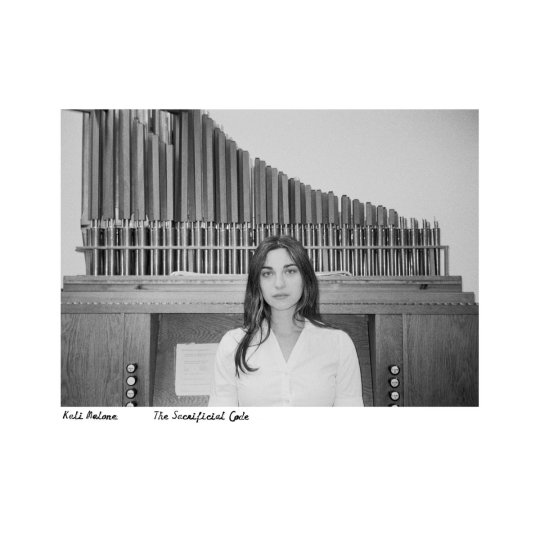

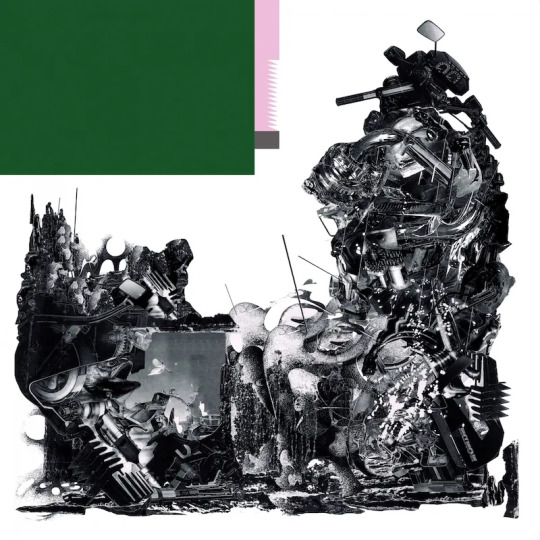
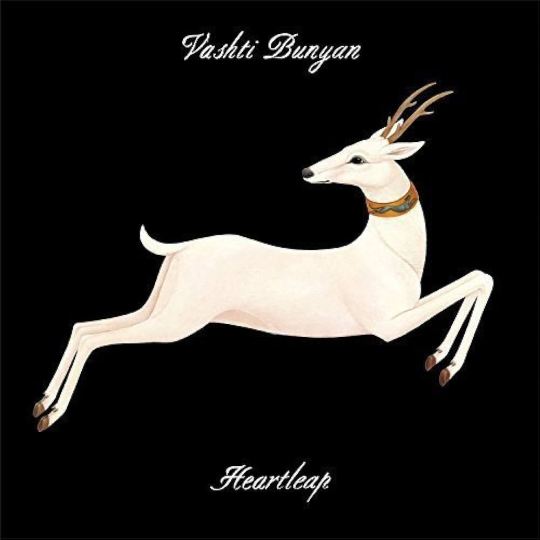
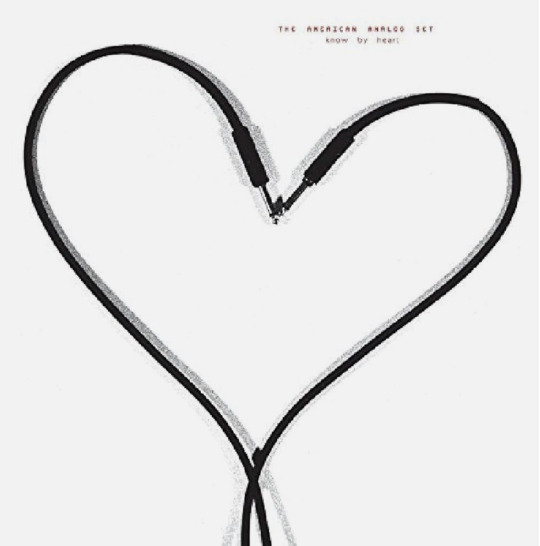

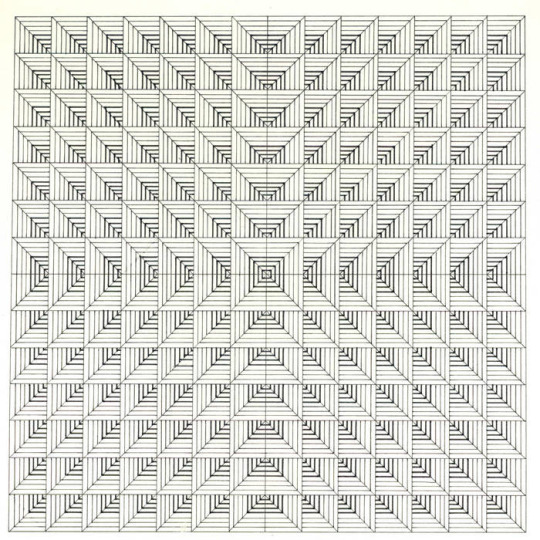

what i listen to while i shower in milky silky soaps, wash dishes, write essays, stumble through intersections, and eat crab rangoon to in november 2023
#me#music#vashti bunyan#ecco2k#pudding club#sigur ros#grouper#black midi#kali malone#the american analog set
6 notes
·
View notes
Text
youtube
Let us therefore groove, in ye Moog-ish moods.
Is it Rhodes, is it Vox, is it Farfisa?
0 notes
Text
youtube
the american analog set -- desert eagle (all i want for christmas)
1 note
·
View note
Text
S25E03: 2001
Rediscovering 2001 as part of our 25th Season Celeb...
Estaremos celebrando nuestra temporada 25 re-descubriendo los años desde 2000 (que fue el tema del primer programa de la temporada) e intercalándolo con novedades… En este caso, re-descubrir quiere decir colocar música del año priorizando la que no hayamos colocado, la que descubrimos mucho después o bien lo publicado que tenga alguna historia especial del año.Disfruten.
Z-Plan [US]A Change From…
View On WordPress
#andromeda#azure ray#karda estra#maudlin of the well#no-man#radiohead#sidonie#spoon#the american analog set#z-plan
0 notes
Text
youtube
Their debut album from the mid90s. It’s really nice Krautrock style jam stuff. Unobtrusive. A really chill atmosphere to put on while you’re scrolling around the Internet. 
0 notes
Text
really good song, major yo la tengo feel
1 note
·
View note
Text
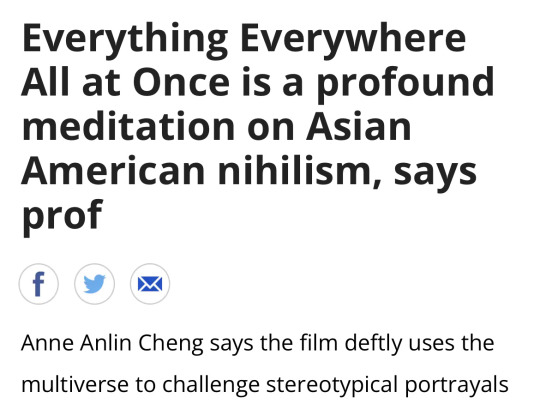
time to read this article by the author of ornamentalism surely this will be fine

erm. the end of the pandemic? in march 2022? right after the biggest spike in cases in the us in january 2022? ok.
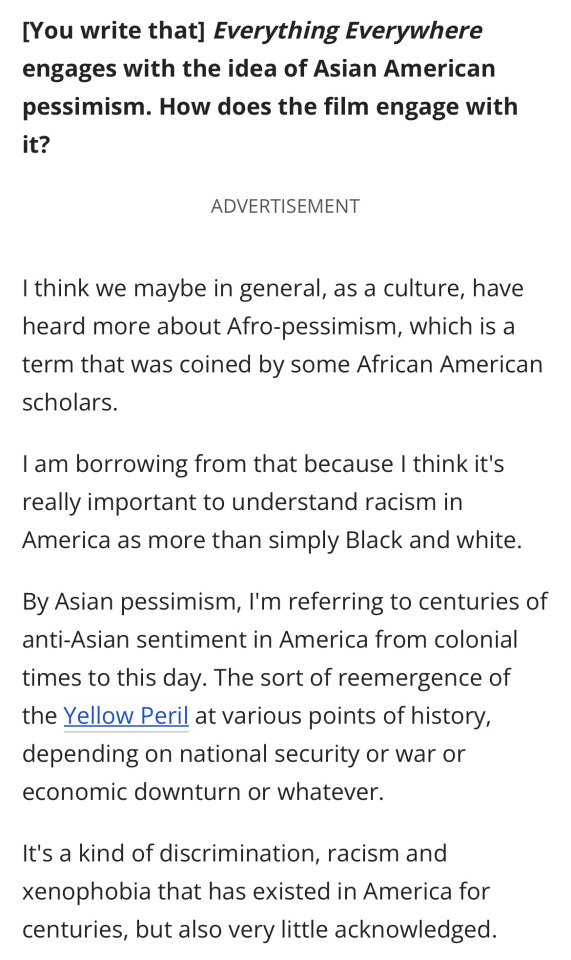
nonblack asian americans stop “borrowing” from afro-pessimism and keep it out of our mouths challenge (IMPOSSIBLE)
#🌱#i had ornamentalism on my reading list so I am. very disappointed to say the least#like okay i guess she’s speaking to a general audience (and a white male interviewer. lol)#so maybe explaining the nuances of afro-pessimism is difficult in this setting#but to suggest that asian americans need to ‘borrow’ from it b/c analyses of racism don’t ‘go beyond’ a black/white binary#is one of the most annoying and disrespectful things about asian american studies imo#and to go on and posit that her version of asian nihilism/pessimism is just like. xenophobia and orientalism.#there is nothing new being added here that is not already captured in a pre-existing framework of racism and colonialism and imperialism 😐#i’m not saying there’s no need for asian american interventions in these theories#but can we not ‘borrow’ from afro-pessimism and pretend we’re saying something new when we’re absolutely not#I don’t understand if you actually engage with afro-pessimism you’ll find that it does not. in fact. act like racism is only black and white#the ‘pessimism’ in ‘asian-pessimism’ she’s suggesting in no way even begins to approximate what it means in ‘afro-pessimism’#nonblack poc when we read about the ruse of analogy: huh wonder who that’s for.
4 notes
·
View notes
Text
harm: Listed
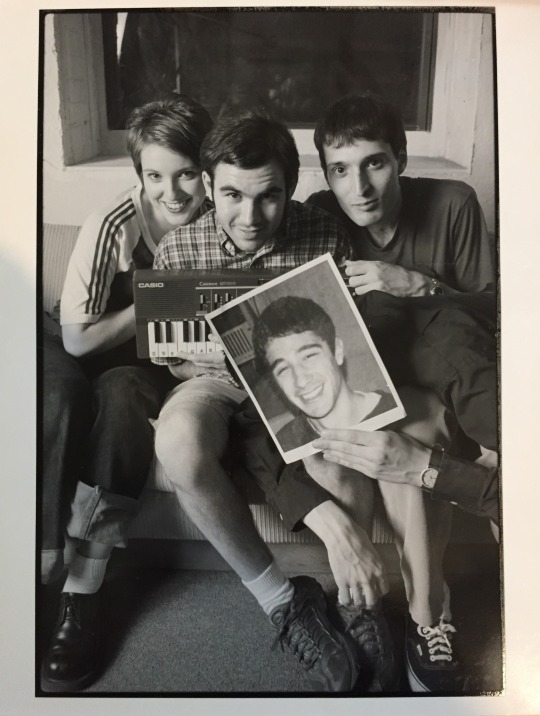
harm’s one and only album was recorded in Pittsburgh at a college radio station where Andy Beckerman and Kyle Bittinger had shows. (Beckerman later wrote for Dusted, back at the old site, if his name seems familiar.) They finished it, left for separate graduate schools and the rest of their lives. Beckerman writes for television and hosts the Beginnings podcast now. Buttinger teaches in the pediatrics department at the University of Pennsylvania. I Am Suddenly Aware didn’t fit, long term, with anybody’s plans. But the album, newly reissued, plays like a lost Elephant Six gem. In her review, Jennifer Kelly noted that I Am Suddenly Aware, “has a casual, yearning charm to it, with its aching little melodies threading through dense thickets of euphoric keyboard sound and percussive bouts of guitar strumming.
Do you like complicated concepts for the Listed feature? Then we have a treat for you! We thought we’d list two bands that inspired harm as a whole, and then each write about 1) music that inspired us in the late 1990s and 2) music that inspires us now. If there’s one thing we at harm HQ seem to love, it’s complexity for its own sake!
Two Bands
hollAnd — Your Orgasm
your orgasm by holnd
The 1990s were a real renaissance for a lot of twee-ish music that wrapped a perplexing nostalgia for high school-era emotions in kitschy Casio sounds. Trevor Kampmann, probably more than any other musician at the time though, taught us you could make complex *and* killer keyboard-based pop songs that featured adult emotions.
Dump — A Plea for Tenderness
youtube
Besides having Electr-O-Pura and I Can Hear the Heart Beating As One coursing through our blood at the time, it was specifically James McNew’s solo recordings that pushed us in a very specific, very gentle direction. Who knows what would have happened if we hadn’t heard this album? Nu-metal casiopop?
Late 1990s
American Analog Set — The Golden Band
youtube
Kyle: A near-perfect record and my favorite from the Set. They start out with the classic American Analog Set sound and then dig further into it as the album progresses. The music is full of rich Farfisa organ that mirrored the tones we were trying to pull from our own keyboards at the time. The Golden Band is 100% an autumn record.
Galaxie 500 — On Fire
On Fire by Galaxie 500
Cindy: I was (and still am) so enchanted by this band and this album in particular. So much atmosphere. It’s the perfect soundtrack to play any season, from snowy mornings to summer sunsets. You can get lost in Naomi Yang’s bass lines, while Dean Wareham’s vocals lull you through soft and storied melodies. Plus the occasional sax moment — why not?
Beulah — When Your Heartstrings Break
youtube
Andy: Despite harm being mainly focused on using Casio keyboards in creative ways, Elephant 6 loomed large in our late 1990s lives, teaching us that you didn’t need to be an acid-soaked Angeleno to use orchestration. You could be an acid-soaked Athenian! Or a weird, quasi-straight-edge kid from The Keystone State! While I remember the day sophomore year Brett Buzzini cracked open his brand-new CD of In the Aeroplane Over the Sea, it was really Beulah that cracked it wide open for me. Miles Kurosky and crew’s pop purity really dug into my cells, but unlike other things that can dig into your cells, like say, the novel coronavirus, they did not scare me into hiding in my apartment for a couple of years. No! They showed me you could overload your songs with melodies and horns and still have something that sounded holistic and controlled.
Boards of Canada — Music Has the Right to Children
Music Has The Right To Children by Boards of Canada
John: In the mid to late-1990s, I was listening to a lot of IDM and other types of electronic music as well as the usual indie pop/rock that was around at that time. The album which influenced me most is a hazy mix of hip hop beats, lo-fi tape-scorched synthesizers and samples of old educational films. I got really into drum programming using outdated technology because of this album, which you can hear on the harm track “The Sailing Coast,” where I layered several classic Casio sounds using the Casio RZ-1 sampler/drum machine.
The 21st Century
DJ Metatron — Loops of Infinity
mandarín · DJ Metatron – Loops Of Infinity (A Rave Loveletter)
Kyle: Starting in 2012, I took a deep dive into house and techno, genres which have accounted for most of my new music listening over the last decade. This album exemplifies some aspects of electronic music that I find amusing: ridiculous DJ aliases, oddly marketed vinyl-only releases and nostalgia for a rave culture in which I never participated. But the album also exemplifies how tracks work together in house and techno to create something more than the sum of its parts. The songs touch on a variety of styles but maintain a consistent mood, and they lock together to draw you into the dreamworld of DJ Metatron. Honorable mention to the Strum and Thrum comp of American jangle from 2020.
Various Artists — The Guest Original Motion Picture Soundtrack
youtube
Cindy: Hear me out. This movie is an unexpectedly fun action thriller/horror flick, but the soundtrack is what made it. Full of various synthwave songs from both now and the 1980s, it has a throwback theme with a seriously dark aura. It’s like a mixtape I wish I’d been cool enough to make myself. Last year, there was an April Fools’ Day bit about a sequel coming out that they reinforced with an equally impressive (and real) soundtrack on Spotify.
Crying — Get Olde/Second Wind
Get Olde Second Wind by Crying
Andy: As a childless adult in the entertainment industry, I have a LOT of free time to check out new music, and there is SO much good stuff out there, from Rosie Tucker to Pictoria Vark to Linqua Franqa to Daniel Wyche, but I thought for Listed, I’d pick something that is more in line with harm. Crying might be defunct now, which is a bummer because this album (which is two of their EPs smushed together) does for chiptunes what I think we were trying to do for Casios, that is, transcend the kitschy nature of the medium. I love chiptunes and video game music, but Crying did something new with it, writing extremely catchy and complex songs full of actual emotions.
Tony Rolando — Breakin’ Is A Memory
Breakin' Is A Memory by Tony Rolando
John: Music that evokes nostalgia has always resonated with me for some reason. Using these toy keyboards from my childhood to craft complex pop songs was a big part of making music with harm. On this record by modular synth designer/musician Tony Rolando, there’s a healthy dose of nostalgic analog synth gear as well as modern designs from his company Make Noise. He seems to have one foot firmly planted in the past, as well as a keen eye on the future.
#dusted magazine#listed#harm#hollAnd#dump#american analog set#galaxie 500#beulah#boards of canada#dj metatron#the guest original motion picture soundtrack#crying#tony rolando
9 notes
·
View notes
Text
It's time for Beginnings, the podcast where writer and performer Andy Beckerman talks to the comedians, writers, filmmakers and musicians he admires about their earliest creative experiences and the numerous ways in which a creative life can unfold.

On today's episode, I talk to musician Andrew Kenny. Originally from Fort Worth, Kenny formed The American Analog Set in 1995 and over the next decade, released six albums on labels like Emperor Jones, Tiger Style and Arts & Crafts, after which the band went on hiatus. In 2009, Kenny released the first of two albums as The Wooden Birds, but since 2011's Two Matchsticks, he has been rather quiet. That is, until this last year. In 2023, The American Analog Set released their first album in almost two decades For Forever, and most recently, Numero Group released New Drifters, a comprehensive box set of the band's first three albums, and folks, it is worth your time!
I'm on Twitter here and you can get the show with:
Apple Podcasts
Spotify
Amazon Podcasts
Google Podcasts
Permalink
RSS Feed
Facebook
0 notes
Text
youtube
The American Analog Set - Queen of Her Own Parade
0 notes
Text
youtube
the american analog set -- she's half
0 notes
Text
masterpost of horror lists
here are all my horror lists in one place to make it easier to find! enjoy!
sub-genres
action horror
analog horror
animal horror
animated horror
anthology horror
aquatic horror
apocalyptic horror
backwoods horror
bubblegum horror
campy horror
cannibal horror
children’s horror
comedy horror
coming-of-age horror
corporate/work place horror
cult horror
dance horror
dark comedy horror
daylight horror
death games
domestic horror
ecological horror
erotic horror
experimental horror
fairytale horror
fantasy horror
folk horror
found footage horror
giallo horror
gothic horror
grief horror
historical horror
holiday horror
home invasion horror
house horror
indie horror
isolation horror
insect horror
lgbtqia+ horror
lovecraftian/cosmic horror
medical horror
meta horror
monster horror
musical horror
mystery horror
mythological horror
neo-monster horror
new french extremity horror
paranormal horror
political horror
psychedelic horror
psychological horror
religious horror
revenge horror
romantic horror
dramatic horror
science fiction horror
slasher
southern gothic horror
splatter/body horror
survival horror
techno-horror
vampire horror
virus horror
werewolf horror
western horror
witch horror
zombie horror
horror plots/settings
road trip horror
summer camp horror
cave horror
doll horror
cinema horror
cabin horror
clown horror
plot devices
storm horror
from a child’s perspective
final girl/guy (this is slasher horror trope)
last guy/girl (this is different than final girl/guy)
reality-bending horror
slow burn horror
foreign horror or non-american horror
african horror
spanish horror
middle eastern horror
korean horror
japanese horror
british horror
german horror
indian horror
thai horror
irish horror
scottish horror
slavic horror (kinda combined a bunch of countries for this)
chinese horror
french horror
australian horror
canadian horror
decades
silent era
30s horror
40s horror
50s horror
60s horror
70s horror
80s horror
90s horror
2000s horror
2010s horror
2020s horror
companies/services
blumhouse horror
a24 horror
ghosthouse horror
shudder horror
other lists
horror literature to movies
techno-color horror movies
video game to horror movie adaption
video nasties
female directed horror
my 130 favorite horror movies
horror movies critics hated because they’re stupid
horror remakes/sequels that weren’t bad
female villains in horror
horror movies so bad they’re good
non-horror movies that feel like horror movies
directors + their favorite horror movies + directors in the notes
tumblr’s favorite horror movie (based off my poll)
horror movie plot twists
cult classic horror movies
essential underrated horror films
worst horror movie husbands
religious horror that isn’t christianity
black horror movies
extreme horror (maybe use this as an avoid list)
25K notes
·
View notes
Text
The two most popular reads of the synth plight in Fallout 4 are that of the race allegory and the Red Scare/McCarthyist allegory. In the former example, synths get racialized in a similar way to Black Americans in the late 19th and early 20th century, but just barely. The Underground Railroad is quite literally remade, synths are subjected to slavery at the hands of their human creators and punished harshly for escape attempts. Others have likened synths to fears of immigrants or asylum-seekers from nonwhite majority populations. Synths in these imaginings of Fallout 4 are painted as needing to be saved at the same time as they are vilified and dehumanized – sometimes by the same character over the course of the story. This duality could be a great opportunity for a dive into how white saviorism tends to play out, but in reality it ends up being a messy, deeply uncritical exploration of the impact of race and racism in society. The factions doing the racialization and/or saviorism’s motives are never questioned, and there is a very clear depiction of “good vs. evil” being the end-all-be-all of anti-racism work (again, with no critical thought as to how the “good” side is made almost completely of non-racialized people making decisions on behalf of a marginalized group). Worse yet, it’s contrived. The android-racism analogy has been a thorn in the side of the science fiction genre ever since Isaac Asimov wrote the 3 Laws of Robotics. There’s very few iterations on the idea that have come from popular (white, Eurocentric) media that aren’t riddled with the same aftertaste of white guilt and fundamental misunderstandings of how racism plays out in day-to-day life.
The less common, slightly more agreeable interpretation is that of the Red Scare – which, given Fallout’s inspirations and the setting’s original critique of reliving America’s “good old days”, makes perfect sense. In this example, synths take the role of the Soviet spy: watching over everything Americans are doing and reporting back to a secret base that is plotting to overthrow the world as we know it. Psychological screenings as well as inhumane tortures are utilized to pick synth “spies” out from the good, red-blooded residents of the Commonwealth. A neighborhood is founded entirely around the protection of the “old ways of life”, complete with a white picket fence comically decorated with automatic machine gun turrets. While this is a more charitable analogy that’s grounded in a slightly-deeper-than-surface-level exploration of American history, the Red Scare interpretation is victim to the same pitfalls that plague the racism interpretation.
Midway through the game, the player discovers that there actually is a secret base of evil villains hiding underneath our feet, plotting to annihilate our beautiful Commonwealth lives. People do get taken and replaced by synths, they are in our governments, there is an actual reason for synths to be feared. Sure, some synths are perfectly fine people with no wish to be made tools of the Institute’s tyranny, but that is greatly overshadowed by the fact that the Institute’s stated goal is to use synths to gain control over the Commonwealth. There is no real critique of McCarthyism, there is no ideology to be challenged, because the Communists are here and killing your loved ones in their sleep.
#4#txt#my art#long post#meta#working on a transcript of a instagram highlight i made ages ago#with updated language and whole new paragraphs -- this is one of them#eventually i will be talking about acadia & how far harbor handles synth marginalization waaaaaaay better than vanilla fo4. of course#you didnt think this WOULDNT eventually devolve into dimaposting did you? oh you know so little of me <3
313 notes
·
View notes
Text
Film Grammar for Simmers
What is film grammar?
"Film grammar" refers the unstated "rules" of editing used in movies and TV. Different types of shots have different associations and are used by editors to convey different types of information to the audience. Many of these principles were first described in the early 20th century by Soviet directors, but they're used consistently across genre, medium, and even language: Bollywood musicals, English period dramas, Korean horror movies, and American action blockbusters all use many of the same techniques.
Because these rules are so universal, virtually everyone has some internalized understanding of them. Even if they can’t name the different types of shots or explain how editors use images to construct meaning, the average person can tell when the “rules” are being broken. If you’ve ever thought a movie or episode of TV was confusing without being able to say why, there’s a good chance that there was something off with the editing.
Learning and applying the basics of film grammar can give your story a slicker and more-polished feel, without having to download shaders or spend hours in photoshop. It also has the bonus of enhancing readability by allowing your audience to use their knowledge of film and TV to understand what's happening in your story. You can use it to call attention to significant plot details and avoid introducing confusion through unclear visual language.
Best of all, it doesn't cost a dime.
The basics: types of shots
Shots are the basic building block of film. In Sims storytelling, a single shot is analogous to a single screenshot. In film, different types of shots are distinguished by the position of the camera relative to the subject. There are three big categories of shots, with some variation: long shots (LS), medium shots (MS), and close-ups (CU). This diagram, created by Daniel Chandler and hosted on visual-memory.co.uk illustrates the difference:
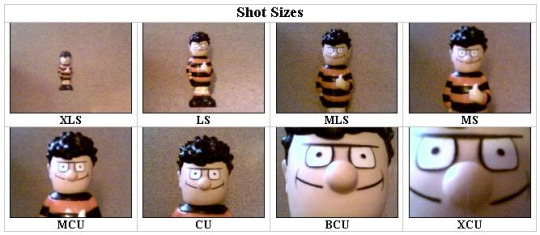
Source: The 'Grammar' of Television and Film, Daniel Chandler, visual-memory.co.uk. Link.
In film, scenes typically progress through the different types of shots in sequence: long shot, medium shot, close-up. When a new scene begins and the characters arrive in a new location, we typically begin with a wide establishing shot of the building’s exterior to show the audience where the scene will be taking place. Next comes a long shot of an interior space, which tells the where the characters are positioned relative to one another. The next shot is a medium shot of the characters conversing, and then finally, a close-up as the conversation reaches its emotional or informational climax. Insert shots are used judiciously throughout to establish themes or offer visual exposition.
Here's another visual guide to the different types of shots, illustrated with stills from Disney animated films.
This guide is almost 2,000 words long! To save your dash, I've put the meat of it under the cut.
Long shot and extreme long shots
A long shot (sometimes also called a wide shot) is one where the entire subject (usually a building, person, or group of people) is visible within the frame. The camera is positioned far away from the subject, prioritizing the details of the background over the details of the subject.
One of the most common uses of long shots and extreme long shots are establishing shots. An establishing shot is the first shot in a scene, and it sets the tone for the scene and is intended to give the viewer the information they’ll need to follow the scene: where a scene is taking place, who is in the scene, and where they are positioned in relation to one another. Without an establishing shot, a scene can feel ungrounded or “floaty.” Readers will have a harder time understanding what’s happening in the scene because on some level, they’ll be trying to puzzle out the answers to the who and where questions, distracting them from the most important questions: what is happening and why?
(I actually like to start my scenes with two establishing shots: an environmental shot focusing on the scenery, and then a second shot that establishes the characters and their position within the space.)
Long shots and extreme long shots have other uses, as well. Because the subject is small relative to their surroundings, they have an impersonal effect which can be used for comedy or tragedy.
In Fargo (1996) uses an extreme long shot to visually illustrate the main character’s sense of defeat after failing to secure funding for a business deal.The shot begins with a car in an empty parking lot, and then we see the protagonist make his way up from the bottom of the frame. He is alone in the shot, he is small, and the camera is positioned above him, looking down from a god-like perspective. All of these factors work together to convey his emotional state: he’s small, he’s alone, and in this moment, we are literally looking down on him. This shot effectively conveys how powerless he feels without any dialogue or even showing his face.
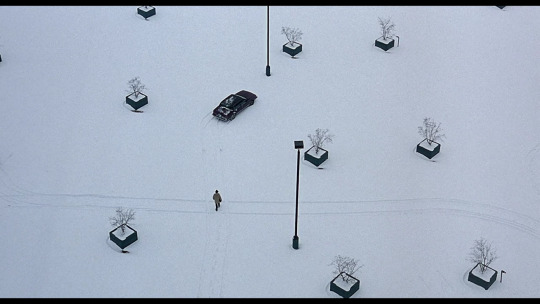
The same impersonal effect can also be used for comic purposes. If a character says something stupid or fails to impress other characters, cutting directly from a close-up to a long shot has a visual effect akin to chirping crickets. In this instance, a long shot serves as a visual “wait, what?” and invites the audience to laugh at the character rather than with them.
Medium Shots
Medium shots are “neutral” in filmmaking. Long shots and close-ups convey special meaning in their choice to focus on either the subject or the background, but a medium shot is balanced, giving equal focus to the character and their surroundings. In a medium shot, the character takes up 50% of the frame. They’re typically depicted from the waist-up and the audience can see both their face and hands, allowing the audience to see the character's facial expression and read their body-language, both important for interpreting meaning.
In most movies and TV shows, medium shots are the bread and butter of dialogue-heavy scenes, with close-ups, long shots, and inserts used for punctuation and emphasis. If you’re closely following the conventions of filmmaking, most of your dialogue scenes will be medium shots following the convention of shot-reverse shot:
youtube
To keep long conversations from feeling too visually monotonous, consider staging the scene as a walk-and-talk. Having two characters move through a space can add a lot of dynamism and visual interest to a scene that might otherwise feel boring or stiff.
Close Ups
Close-ups are close shots of a character’s face. The camera is positioned relatively near to the subject, showing just their head and shoulders. In a close-up, we don’t see any details of the background or the expressions of other characters.
In film, close-ups are used for emphasis. If a character is experiencing a strong emotion or delivering an important line of dialogue, a close-up underscores the importance of the moment by inviting the audience to focus only on the character and their emotion.
Close-ups don’t necessarily need to focus on the speaker. If the important thing about a line of dialogue is another character’s reaction to it, a close-up of the reaction is more effective than a close-up of the delivery.
One of the most iconic shots in Parasite (2019) is of the protagonist driving his employer around while she sits in the backseat, speaking on the phone. Even though she’s the one speaking, the details of her conversation matter less than the protagonist’s reaction to it. While she chatters obliviously in the background, we focus on the protagonist’s disgruntled, resentful response to her thoughtless words and behavior.

In my opinion, Simblr really overuses close-ups in dialogue. A lot of conversation scenes are framed entirely in close-ups, which has the same effect of highlighting an entire page in a textbook. The reader can’t actually tell what information is important, because the visuals are screaming that everything is important. Overusing close-ups also cuts the viewer off from the character’s body language and prevents them from learning anything about the character via their surroundings.
For example, a scene set in someone’s bedroom is a great opportunity for some subtle characterization—is it tidy or messy? what kind of decor have they chosen? do they have a gaming computer, a guitar, an overflowing bookshelf?—but if the author chooses to use only close-ups, we lose out on a chance to get to know the character via indirect means.
Inserts
An insert shot is when a shot of something other than a character’s face is inserted into a scene. Often, inserts are close-ups of a character’s hands or an object in the background. Insert shots can also be used to show us what a character is looking at or focusing on.
In rom-com The Prince & Me (2004) (see? I don’t just watch crime dramas…) the male lead is in an important meeting. We see him pick up a pen, look down at the papers in front of him, and apparently begin taking notes, but then we cut to an insert shot of his information packet. He’s doodling pictures of sports cars and is entirely disengaged from the conversation. Every other shot in the scene is an establishing shot or a medium shot or a close-up of someone speaking, but this insert gives us insight into the lead’s state of mind: he doesn’t want to be there and he isn’t paying attention.

Insert shots are, in my opinion, also used ineffectively on Simblr. A good insert gives us extra insight into what a character is thinking or focusing on, but a poorly-used insert feels…unfocused. A good insert might focus on pill bottles on a character’s desk to suggest a chemical dependency, on a family picture to suggest duty and loyalty, on a clock to suggest a time constraint, on a pile of dirty laundry or unanswered letters to suggest a character is struggling to keep up with their responsibilities. An ineffective insert shot might focus on the flowers in the background because they’re pretty, on a character’s hands because it seems artsy, on the place settings on a dining table because you spent forever placing each one individually and you’ll be damned if they don’t make it into the scene. These things might be lovely and they might break up a monotonous conversation and they might represent a lot of time and effort, but if they don’t contribute any meaning to a scene, consider cutting or repurposing them.
I want to emphasize: insert shots aren’t bad, but they should be carefully chosen to ensure they’re enhancing the meaning of the scene. Haphazard insert shots are distracting and can interfere with your reader’s ability to understand what is happening and why.
Putting it all together
One of the most basic principles of film theory is the Kuleshov effect, the idea that meaning in film comes from the interaction of two shots in sequence, and not from any single shot by itself. In the prototypical example, cutting from a close-up of a person’s neutral expression to a bowl of soup, children playing, or soldiers in a field suggests hunger, worry, or fear, respectively.
youtube
The Kuleshov effect is the essence of visual storytelling in a medium like Simblr. You can elevate your storytelling by thinking not only about each individual shot, but about the way they’ll interact and flow into one another.
Mastering the basics of film grammar is a great (free!) way to take your storytelling to the next level. To learn more, you can find tons of guides and explainers about film grammar for free online, and your local library doubtless has books that explain the same principles and offers additional analysis.
Happy simming!
#armorica tips#armorica ooc#i finally got off my ass to finish this guide which i started back in August right before I got extremely sick and ended up in the hospital#anyway....hope you enjoyed this post which was a veiled excuse for me to complain about how people overuse close-ups and inserts#and i can't tell what's happening in their stories ;fdsklsjadf;laksdf#Youtube
324 notes
·
View notes
Text
At the outset of H. G. Wells's The War of the Worlds (1898), Wells asks his English readers to compare the Martian invasion of Earth with the Europeans' genocidal invasion of the Tasmanians, thus demanding that the colonizers imagine themselves as the colonized, or the about-to-be-colonized. But in Wells this reversal of perspective entails something more, because the analogy rests on the logic prevalent in contemporary anthropology that the indigenous, primitive other's present is the colonizer's own past. Wells's Martians invading England are like Europeans in Tasmania not just because they are arrogant colonialists invading a technologically inferior civilization, but also because, with their hypertrophied brains and prosthetic machines, they are a version of the human race's own future.
The confrontation of humans and Martians is thus a kind of anachronism, an incongruous co-habitation of the same moment by people and artifacts from different times. But this anachronism is the mark of anthropological difference, that is, the way late-nineteenth-century anthropology conceptualized the play of identity and difference between the scientific observer and the anthropological subject-both human, but inhabiting different moments in the history of civilization. As George Stocking puts it in his intellectual history of Victorian anthropology, Victorian anthropologists, while expressing shock at the devastating effects of European contact on the Tasmanians, were able to adopt an apologetic tone about it because they understood the Tasmanians as "living representatives of the early Stone Age," and thus their "extinction was simply a matter of … placing the Tasmanians back into the dead prehistoric world where they belonged" (282-83). The trope of the savage as a remnant of the past unites such authoritative and influential works as Lewis Henry Morgan's Ancient Society (1877), where the kinship structures of contemporaneous American Indians and Polynesian islanders are read as evidence of "our" past, with Sigmund Freud's Totem and Taboo (1913), where the sexual practices of "primitive" societies are interpreted as developmental stages leading to the mature sexuality of the West. Johannes Fabian has argued that the repression or denial of the real contemporaneity of so-called savage cultures with that of Western explorers, colonizers, and settlers is one of the pervasive, foundational assumptions of modern anthropology in general. The way colonialism made space into time gave the globe a geography not just of climates and cultures but of stages of human development that could confront and evaluate one another.
The anachronistic structure of anthropological difference is one of the key features that links emergent science fiction to colonialism. The crucial point is the way it sets into motion a vacillation between fantastic desires and critical estrangement that corresponds to the double-edged effects of the exotic. Robert Stafford, in an excellent essay on "Scientific Exploration and Empire" in the Oxford History of the British Empire, writes that, by the last decades of the century, "absorption in overseas wilderness represented a form of time travel" for the British explorer and, more to the point, for the reading public who seized upon the primitive, abundant, unzoned spaces described in the narratives of exploration as a veritable "fiefdom, calling new worlds into being to redress the balance of the old" (313, 315). Thus when Verne, Wells, and others wrote of voyages underground, under the sea, and into the heavens for the readers of the age of imperialism, the otherworldliness of the colonies provided a new kind of legibility and significance to an ancient plot. Colonial commerce and imperial politics often turned the marvelous voyage into a fantasy of appropriation alluding to real objects and real effects that pervaded and transformed life in the homelands. At the same time, the strange destinations of such voyages now also referred to a centuries-old project of cognitive appropriation, a reading of the exotic other that made possible, and perhaps even necessary, a rereading of oneself.
John Rieder, Colonialism and the Emergence of Science Fiction
672 notes
·
View notes